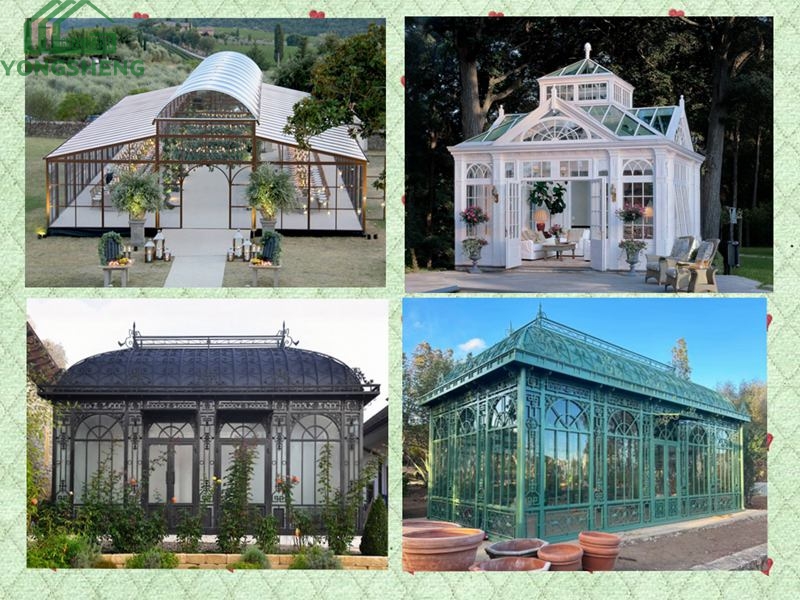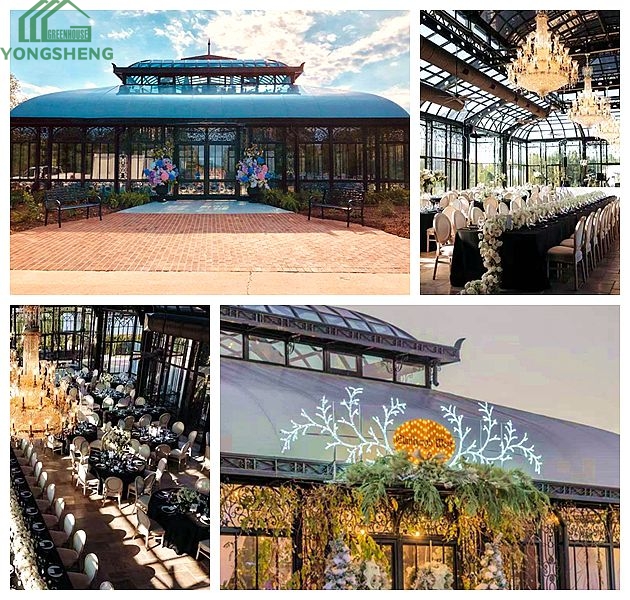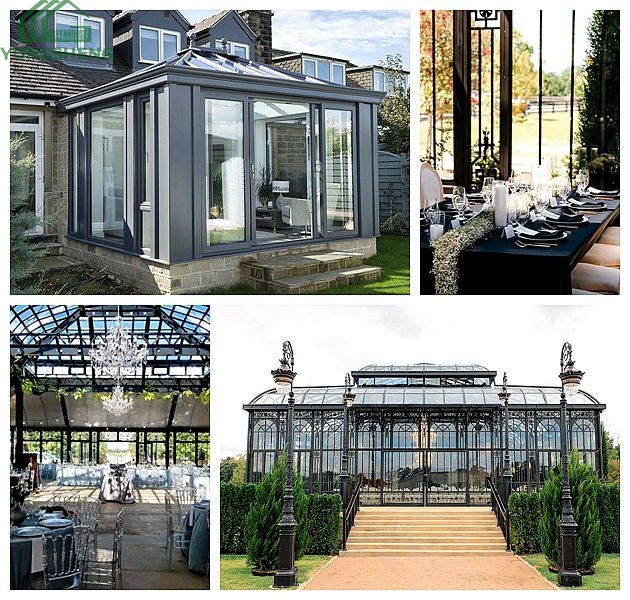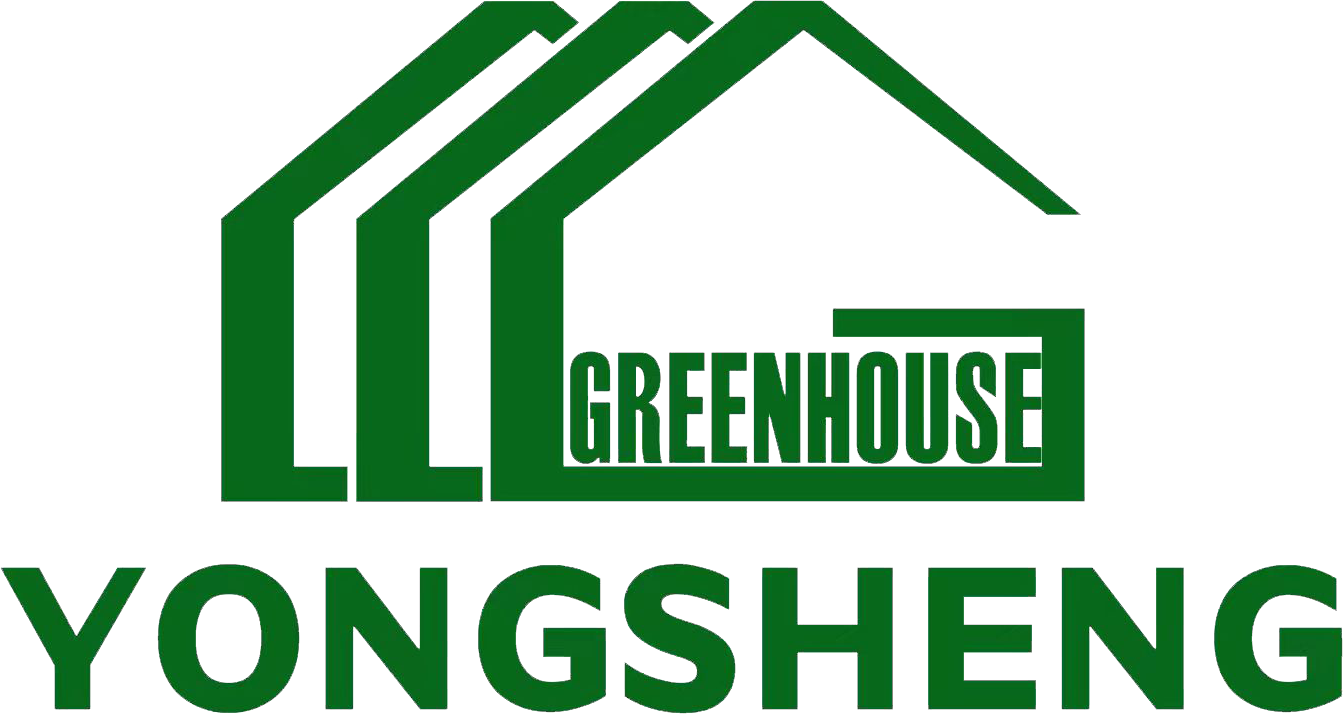
The Latest in Sunroom Materials: Lighter, Stronger, and More Eco-Friendly

Sunrooms, also known as solariums or garden rooms, have long been a cherished addition to homes, offering a seamless blend of indoor comfort and outdoor beauty. Over the years, the materials and technologies used in constructing sunrooms have evolved significantly. Today, the focus is on creating structures that are not only aesthetically pleasing but also lightweight, durable, and environmentally friendly. This blog delves into the latest advancements in sunroom materials, with a particular emphasis on the Victorian greenhouse, glass greenhouse, and wedding house designs.
The Evolution of Sunroom Materials
Traditional Materials
Historically, sunrooms were constructed using materials like wood, aluminum, and single-pane glass. While these materials provided the basic structure needed, they often fell short in terms of insulation, durability, and energy efficiency. Wood, for instance, required regular maintenance to prevent rot and insect damage, while aluminum, though durable, was not the best insulator.
Modern Innovations
In recent years, advancements in material science have led to the development of new materials that address these shortcomings. Today’s sunrooms are built using materials that are lighter, stronger, and more eco-friendly, offering better insulation, durability, and energy efficiency.
Lightweight Materials
Polycarbonate Panels
One of the most significant advancements in sunroom materials is the use of polycarbonate panels. These panels are incredibly lightweight, making them easier to handle and install compared to traditional glass. Despite their light weight, polycarbonate panels are highly durable and can withstand extreme weather conditions, including hail and heavy snow.
Aluminum Frames
Modern aluminum frames are another example of lightweight materials that have revolutionized sunroom construction. These frames are not only lighter than traditional wood frames but also more durable and resistant to corrosion. Additionally, aluminum frames can be designed to mimic the look of wood, offering the best of both worlds in terms of aesthetics and functionality.
Stronger Materials
Laminated Glass
When it comes to strength, laminated glass is a game-changer. This type of glass consists of multiple layers bonded together with a plastic interlayer, making it much stronger than traditional single-pane glass. In the event of breakage, the plastic interlayer holds the glass together, reducing the risk of injury and providing added security.
Tempered Glass
Tempered glass is another strong material used in modern sunrooms. This type of glass is heat-treated to increase its strength, making it up to five times stronger than regular glass. Tempered glass is also safer, as it shatters into small, blunt pieces rather than sharp shards.
Structural Glazing
Structural glazing is a technique that uses high-strength, durable adhesives to bond glass panels to the sunroom’s frame. This method eliminates the need for traditional framing, resulting in a sleek, modern look while maintaining structural integrity. Structural glazing is particularly popular in glass greenhouse designs, where maximizing light penetration is crucial.
Eco-Friendly Materials
Low-Emissivity (Low-E) Glass
Low-E glass is coated with a thin, transparent layer of metal oxide that reflects infrared light while allowing visible light to pass through. This coating helps to regulate the temperature inside the sunroom, reducing the need for heating and cooling and thereby lowering energy consumption. Low-E glass is an excellent choice for those looking to create an eco-friendly sunroom.
Recycled Materials
The use of recycled materials in sunroom construction is another way to make these structures more environmentally friendly. Recycled aluminum, for example, can be used to create durable frames, while recycled glass can be used in the production of new glass panels. By incorporating recycled materials, homeowners can reduce their carbon footprint and contribute to a more sustainable future.
Sustainable Wood
For those who prefer the look of wood, sustainable options are now available. FSC-certified wood, for instance, is sourced from responsibly managed forests, ensuring that the environmental impact is minimized. Sustainable wood can be treated to enhance its durability and resistance to rot and insects, making it a viable option for eco-conscious homeowners.
Victorian Greenhouse: A Timeless Design with Modern Materials
The Victorian greenhouse is a classic design that has stood the test of time. Characterized by its ornate detailing, steeply pitched roof, and large windows, this style of greenhouse is both functional and aesthetically pleasing. Modern materials have allowed for the creation of Victorian greenhouses that are lighter, stronger, and more energy-efficient than their historical counterparts.
Lightweight Frames
Modern Victorian greenhouses often feature lightweight aluminum frames that mimic the intricate detailing of traditional wood frames. These frames are not only easier to install but also more durable and resistant to the elements.
Energy-Efficient Glass
The use of Low-E glass in Victorian greenhouses helps to regulate the temperature inside, making it easier to maintain the ideal growing conditions for plants. This type of glass also reduces the need for artificial heating and cooling, making the greenhouse more energy-efficient.
Eco-Friendly Options
For those looking to create an eco-friendly Victorian greenhouse, sustainable wood and recycled materials can be used in the construction. These materials not only reduce the environmental impact but also add a unique, rustic charm to the structure.
Glass Greenhouse: Maximizing Light and Durability
Glass greenhouses are designed to maximize light penetration, creating an ideal environment for plant growth. Modern advancements in glass technology have made these structures stronger and more energy-efficient than ever before.
Laminated and Tempered Glass
The use of laminated and tempered glass in glass greenhouses ensures that the structure is both strong and safe. These types of glass can withstand extreme weather conditions and provide added security, making them ideal for use in greenhouses.
Structural Glazing
Structural glazing is particularly well-suited for glass greenhouses, as it allows for maximum light penetration while maintaining structural integrity. This technique creates a sleek, modern look that is both functional and aesthetically pleasing.
Energy Efficiency
Low-E glass and other energy-efficient materials can be used in glass greenhouses to reduce energy consumption. By regulating the temperature inside the greenhouse, these materials help to create a more sustainable growing environment.
Wedding House: A Unique and Elegant Sunroom Design
The wedding house is a unique sunroom design that combines the elegance of a traditional greenhouse with the functionality of a modern sunroom. This type of structure is often used for special events, such as weddings, but can also serve as a beautiful and functional addition to any home.
Lightweight and Durable Materials
Modern wedding houses are constructed using lightweight and durable materials, such as aluminum frames and polycarbonate panels. These materials make the structure easier to install and more resistant to the elements, ensuring that it remains beautiful and functional for years to come.
Energy-Efficient Glass
The use of Low-E glass in wedding houses helps to regulate the temperature inside, making it more comfortable for guests and reducing the need for artificial heating and cooling. This type of glass also enhances the overall aesthetic of the structure, creating a bright and inviting space.
Eco-Friendly Options
For those looking to create an eco-friendly wedding house, sustainable wood and recycled materials can be used in the construction. These materials not only reduce the environmental impact but also add a unique, rustic charm to the structure.
Conclusion
The latest advancements in sunroom materials have revolutionized the way these structures are designed and built. Lightweight, strong, and eco-friendly materials have made it possible to create sunrooms that are not only beautiful but also durable and energy-efficient. Whether you’re looking to build a Victorian greenhouse, a glass greenhouse, or a wedding house, modern materials offer a wide range of options to suit your needs. By incorporating these materials into your sunroom design, you can create a space that is both functional and sustainable, providing you with years of enjoyment and comfort.
Why Choose US?
- ● As the first manufacturer in China to introduce the Victorian conservatory design from Europe, we have 36 years of production experience since 1988, and our products are distributed in 68 countries.
- ● We have a professional team of 8 conservatory design engineers and 60 production workers. We are equipped with 2 hot-dip galvanizing machines, 2 steel shot blasting machines, and 1 spray line.
- ● Our professional design team can provide theoretical calculation data support for wind pressure resistance, earthquake resistance, and snow resistance of large-scale steel structure conservatories.
- ● Strict quality control. 8 inspection stages: raw material inspection, cutting and blanking size inspection, welding quality inspection, hot-dip galvanizing quality inspection, spray quality inspection, assembly quality inspection, and packaging quality inspection. Ensuring smooth assembly of the products, no rust, no leakage, and compliance with customer national standards.
- ● We cooperate with many well-known architectural design companies worldwide.
- ● Customized services. We can customize according to customer designs and dimensions. We also provide supporting facilities such as electric sunshades and air conditioners.
- ● We offer installation dispatch services, inspection services, and free replacement of parts. We also present high-value exquisite gifts.
- ● Video factory tour. You can view the entire production process.




